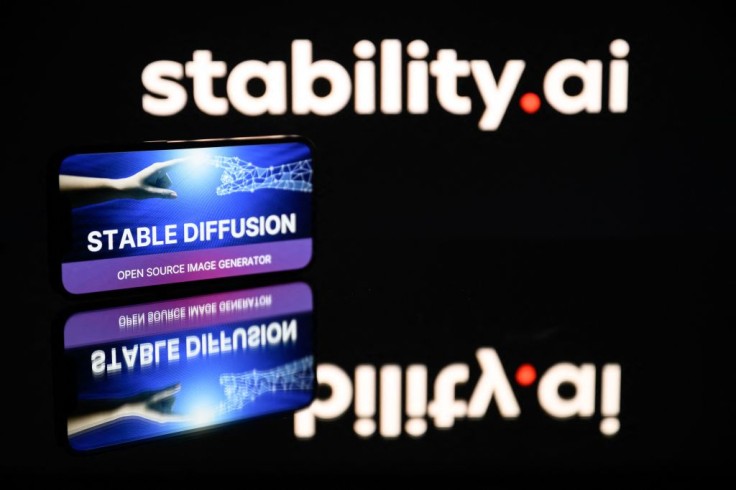Stability AI, the group behind Stable Diffusion, debuted its newest "state-of-the-art text-to-video and image-to-video generation" AI model, Stable Video Diffusion.

Available for research purposes only, the company said the image-to-video models are capable to generate high-quality short clips.
The new tool is able to produce 14 to 25 frames long at three to 30 frames per second at a 576 × 1024 resolution.
Stable Video supports multi-view synthesis per frame that can easily be adjusted from its datasets.
The AI firm said the results "surpass the leading closed models in user preference studies," text-to-video platforms Runway and PikaLabs.
How to Avail the Stable Video Diffusion
Stable Video Diffusion remains unavailable for practical and commercial applications, putting the model under "research preview."
People, however, can still try to sign up for a waitlist to access an "upcoming web experience featuring a text-to-video interface."
The registration can be reached via the contact page of Stability AI.
The Stable Diffusion creators said selected participants must agree to certain terms of use, and that the model is only applicable for educational, creative, and artistic purposes only.
Stable Video Diffusion cannot be used for "factual or true representations of people or events."
The models used for Stable Video were trained "on a mix of image and video datasets" publicly available online.
Stability AI Battle on Copyright Laws
With the announcement of a new Stability AI tool, comes new risks of copyright battles for the company.
Getty Images has previously sued Stability AI for scraping its image archives to train its models.
Several artists have also filed lawsuits against image-generating AIs by Stability AI, Midjourney, and DeviantArt for copyright infringement.
Last week, the company's vice president of audio, Ed Newton-Rex, stepped down over the company's use of copyrighted content to train its generative AI models.
Related Article : AI Regulations Now Involves FTC Over Fair Use Battle









